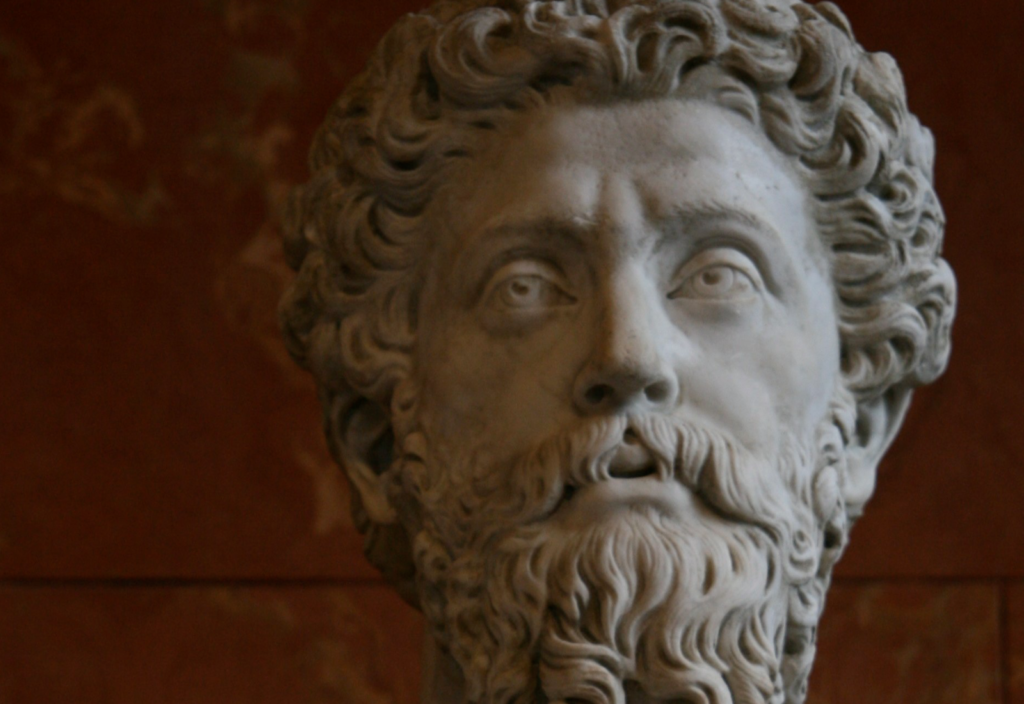The ubiquity of social media means that in today’s business environment, an organisations’ actions are highly visible to the public. Social media platforms provide a strong voice for consumers and advocacy groups that previously struggled to be heard.
As a result, businesses and chief executives are increasingly being called out and made accountable for when their actions don’t meet community standards. The cost of moral or ethical failure is much higher than it perhaps was when there was only a few regulatory watchdogs overseeing behaviour. Today, any one of a business’ customers or stakeholders is in a position to blow the whistle and be heard.
While this is clearly a positive thing and something that will drive ethical behaviour, it does raise questions over whether such increased scrutiny can make businesses more conservative, and constrain legitimate creativity out of fears of generating a backlash.
Ethical leaders are leaders that demonstrate standard-setting conduct through their actions and relationships. These leaders adhere to norms and strictly comply with company standards and policies. This can be viewed as antithetical to creativity because creativity requires challenging the status quo and trying new and unconventional strategies.
Considering that modern organisations face pressures to remain both innovative and ethical, we need to understand how ethical leaders can foster team creativity. The good news is that, based on our research, ethics and creativity aren’t in a zero-sum game. Instead, they can complement each other.
We surveyed 327 employees working in 55 teams and their supervisors in a food service organisation head-quartered in Seoul, South Korea. This organisation considered creativity to be a key element of their operations, and their vision was “creating the most innovative poultry products to maintain industry leadership”.
In the surveys, each supervisor rated their teams’ creativity by evaluating the novelty and usefulness of the ideas developed by the teams. In addition, we asked the team members to evaluate the extent to which their supervisors demonstrated ethical leadership behaviours. The team members also reported their level of emotional attachment to the team, and their need for cognitive closure.
Ethical leaders can also motivate their followers to internalise ethical values, which can then unite the team under the umbrella of following the same ethical norms.
The results of our analysis showed that ethical leaders can boost team creativity by increasing team members’ emotional attachment to their groups.
Ethical leaders do this by serving as role models. As ethical leaders emphasise trust and integrity, we found that their teams learned to trust each other and maintain their integrity, which in the process encouraged a sense of “oneness” in the team.
Ethical leaders can also motivate their followers to internalise ethical values, which can then unite the team under the umbrella of following the same ethical norms.
Teams whose members are emotionally attached to their teams tend to be more creative, because team members feel safer about sharing their unique ideas, without the fear of being criticised by their colleagues. They also become more willing to exchange information and knowledge with the other team members.
We also focused on a team characteristic – a team’s need for cognitive closure – which is the desire to find a firm answer to a topic or issue rather than leaving it ambiguous. When team members have high levels of need for cognitive closure, they are motivated to find a solution to an ambiguous situation as quickly as possible, and they want to maintain the status quo once they find a solution.
In other words, these team members prefer making very quick decisions before investigating alternative solutions, and they don’t feel comfortable with the open-ended process of idea generation. As a result, their creativity suffers, because creativity requires exploring and being open to alternatives.
Surprisingly, we found that when ethical leaders lead such teams double negatives make a positive. Specifically, when ethical leaders emphasise rule and regulations, this can provide teams with the cognitive closure they need. As a result, the team members get attached to their teams more easily, leading to higher levels of team creativity.
Our results suggest that leaders shouldn’t fear that setting moral values and norms can act as a constraint on their teams’ creative work, because they can still positively impact team creativity by strengthening team members’ collective attachment to the team.
To do this, leaders should be explicit about the standards and norms they expect the team members to comply with, so that this normative structure can act as a common ground and bring team members together under the same umbrella.
Also, those team members who have high need for cognitive closure aren’t destined to be non-creative. Leaders can still boost their creativity by acting ethically and setting norms and regulations for the team members to follow.
This article was first published on Pursuit. Read the original article.
Photo by Matteo Vistocco on Unsplash.


